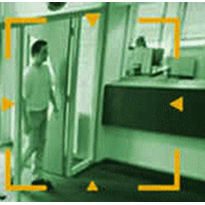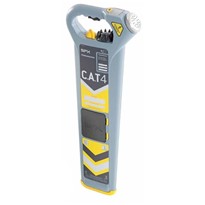Ranging from large civil contractors to small asset location businesses—seeking clarity on the equipment and processes required for BYDA (Dial Before You Dig) practical accreditation.
Gone are the days of quick sign-offs or informal competency checks. The industry now demands a higher level of professionalism and accountability, with BYDA accreditation becoming the new gold standard for anyone performing underground utility locating. At the heart of this process lies the need for professional-grade, compliant equipment—and in particular, a fully capable underground cable and pipe locator.
This article outlines what you need to know about the accreditation process and highlights why the Radiodetection MRX, MRX G, and MRX SG locators are considered top-of-the-line tools that meet and exceed BYDA assessment requirements.
Table of Contents
- Introduction: What Changed and Why It Matters
- Understanding BYDA (Dial Before You Dig) Accreditation
- Theory vs Practical Assessment
- The Equipment Checklist: What You Must Have
- The Role of the Locator in BYDA Assessments
- Peak, Null, Frequencies, and Current: What the Standards Demand
- Marker Ball Detection and Transponders
- Why the Radiodetection MRX, MRX G, and MRX SG Are Fully Compliant
- Comparing the MRX Locator Models
- Essential Accessories: Sondes, Rods, and Gas Detection
- Training, Support, and Ongoing Compliance
- Conclusion: Choosing the Right Equipment for Long-Term Success
1. Introduction: What Changed and Why It Matters
Over the past few years, the underground asset locating industry in Australia has undergone a significant shift. What was once a relatively informal process of gaining "Telstra Plant Locator" accreditation through short courses or internal training has been replaced with a national, standardised system: the BYDA (Dial Before You Dig) Practical Accreditation.
This change was born out of necessity. The increasing volume and complexity of buried infrastructure—power, telecom, water, sewer, gas—has resulted in a greater risk of underground strikes. Utility owners and contractors now require a higher level of skill, properly assessed by independent bodies, with equipment that meets very strict standards.
2. Understanding BYDA (Dial Before You Dig) Accreditation
BYDA (previously known as DBYD) is now the nationally recognised platform for safe excavation and asset protection. The BYDA Locator Certification Program—run in conjunction with NULCA and industry training partners—establishes two stages of assessment:
Theory Component (knowledge of underground networks, signal propagation, and locator use)
Practical Component (hands-on testing of your ability to correctly and safely identify, trace, and mark out buried services)
The practical component includes strict equipment compliance—you must bring and demonstrate a compliant underground locator system. This is where most candidates run into trouble.
3. Theory vs Practical Assessment
The theory course typically involves a two-day program with a final test. It covers topics such as:
Utility mapping interpretation
Ground conductivity and signal behaviour
Signal application methods
Safe excavation and marking procedures
After passing the theory component, you progress to the practical assessment, which simulates real-world locating challenges in a controlled environment. You’ll be tested on:
Proper use of your locator
Accuracy in identifying the position and depth of services
Signal distortion and interference interpretation
Correct mode selection (peak, null, guidance)
Use of accessories such as sondes and duct rods
Detection of marker balls across multiple frequencies
4. The Equipment Checklist: What You Must Have
BYDA practical assessments require your locator to meet the following criteria:
Minimum of two frequencies (three or more is ideal)
Separate Peak and Null modes
Current measurement functionality
Automatic gain that can be disabled
RF marker detection across all nine industry-standard frequencies
Transmitter capable of direct connection, clamp induction, and low-frequency output
Sonde detection capability
Basic GPS or usage logging (for advanced use and audits)
Many common and budget-friendly locators fail to meet several of these requirements. Using an insufficient tool will not only cause you to fail the assessment—but may require you to pay for a second attempt with the correct equipment.
5. The Role of the Locator in BYDA Assessments
The locator isn’t just a tool—it’s the heart of your practical assessment. The evaluator will judge your understanding of signal behaviour, your ability to interpret distortion, and your capacity to distinguish between target lines and coupled signals.
This requires a highly capable instrument that gives you visibility into the current, field shape, frequency selection, and the ability to handle marker balls, sondes, and even interference from adjacent services.
The Radiodetection MRX, MRX G, and MRX SG locators were developed with exactly these real-world challenges in mind and meet or exceed every BYDA requirement.
6. Peak, Null, Frequencies, and Current: What the Standards Demand
Separate Peak and Null Modes
These modes serve different diagnostic purposes. Peak indicates signal strength; null confirms the signal is undistorted and coming from a single source. Combined modes are NOT acceptable for BYDA.
Multiple Frequencies
Low frequencies (e.g. 512Hz, 640Hz): For longer distances and metallic services
Medium frequencies (8–33kHz): General purpose locating
High frequencies (65kHz+): Best for smaller, non-earthed, or broken services
Current Measurement
Essential when multiple conductors are present. The target conductor will always carry the highest current from your transmitter.
Automatic Gain (and Manual Override)
In automatic mode, the locator adjusts sensitivity in real-time. But manual mode is essential for tasks like verifying peak/null accuracy or diagnosing complex signals.
7. Marker Ball Detection and Transponders
BYDA and major asset owners now require transponder compatibility across the full range of nine marker ball frequencies, including:
Telecoms: 101.4kHz
Power: 169.8kHz
Water: 145.7kHz
Wastewater: 121.6kHz
Gas: 83.0kHz
And others…
All MRX locators come with integrated transponder antennas, and support all nine marker frequencies, meaning you’re future-proofed regardless of the service you’re tracing.
8. Why the Radiodetection MRX, MRX G, and MRX SG Are Fully Compliant
The Radiodetection MRX locator series was purpose-built for compliance, accuracy, and ease of use under demanding conditions. Each model is BYDA-ready and supports:
Feature MRX MRX G MRX SG
Multi-frequency support Yes Yes Yes
Separate Peak/Null modes Yes Yes Yes
Current measurement Yes Yes Yes
Transponder detection Yes Yes Yes
Automatic / manual gain Yes Yes Yes
GPS No Yes Survey-grade
Data logging No Yes Yes (Survey standard)
BYDA-compliant Fully Fully Fully
9. Comparing the MRX Locator Models
MRX – Standard Professional Locator
Perfect for contractors looking for a cost-effective, fully BYDA-compliant system without advanced data features.
MRX G – Locator with Integrated GPS
Ideal for operators needing GPS-tagged location history, mapping, and traceability. Great for utilities and subcontractors working on major infrastructure.
MRX SG – Survey-Grade Locator
Designed for local government, engineering firms, and asset managers who require high-accuracy mapping and GIS compatibility. Offers full marker and sonde support, data export, and survey-grade precision.
10. Essential Accessories: Sondes, Rods, and Gas Detection
Sondes
Standard 33kHz sonde: Widely used, but struggles with cast iron and shallow ducts
512Hz sonde: Best for cast iron or deep assets
S13 sonde (12mm): Small form factor, excellent for tight ducts
Duct Rods
Non-powered rods: Rely on sonde only
Radiodetection FlexiTrace: Powered rod that transmits signal along the entire length for full-duct tracing. A must-have for accurate plastic conduit location.
4-Gas Confined Space Monitor
Required for pits and underground access:
O2, CO, H2S, and LEL detection in %
This is NOT the same as a combustible gas sniffer
Other Essentials
Safety barriers and PPE
Lid lifters and pit access tools
Chalk, paint, GPS mapping tools for marking
11. Training, Support, and Ongoing Compliance
Investing in a Radiodetection MRX locator from a knowledgeable supplier ensures:
BYDA-focused training sessions
Ongoing technical support
Local servicing in Australia
Access to spare parts and accessories
Fast repairs and recalibrations
We offer tailored packages for individuals and large teams seeking BYDA accreditation or renewal, including full training and practical guidance.
12. Conclusion: Choosing the Right Equipment for Long-Term Success
If you’re preparing for the BYDA practical assessment, don’t risk failure with non-compliant equipment. The Radiodetection MRX, MRX G, and MRX SG are fully approved, built for accuracy, and backed by local support, training, and service.
Whether you're a new contractor entering the field or an experienced operator upgrading for BYDA compliance, these locators give you the tools you need to locate with confidence and precision—no guesswork, no short cuts, and no re-assessments.


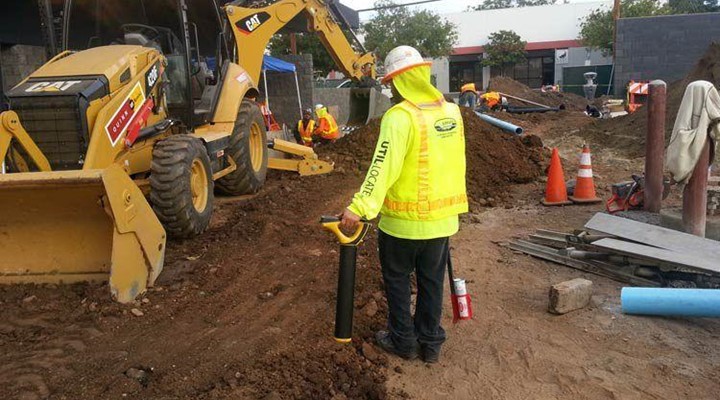
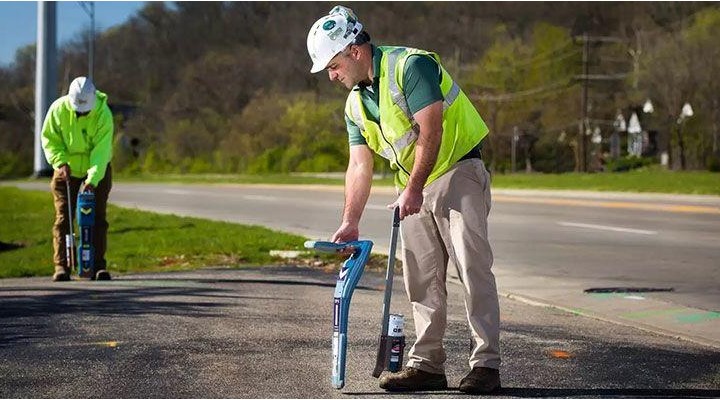
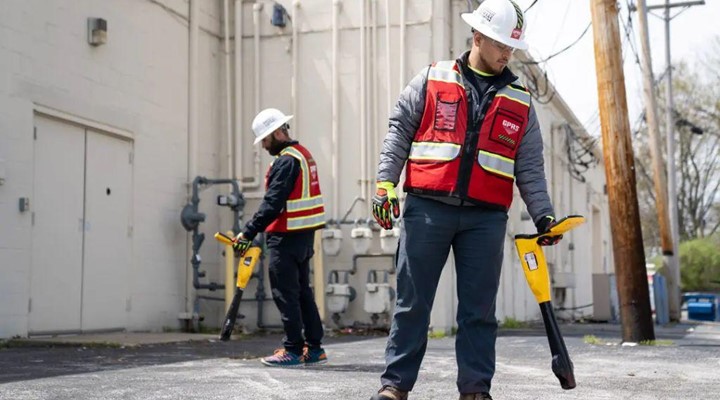
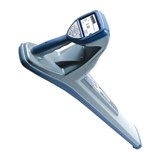
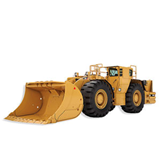
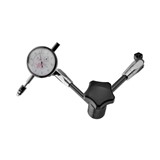
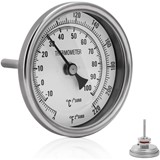

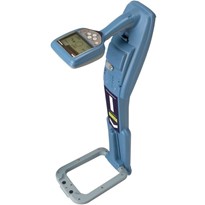
-205x205.jpg)
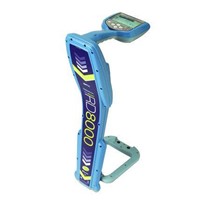

-205x205.jpg)

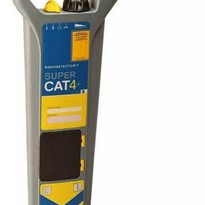
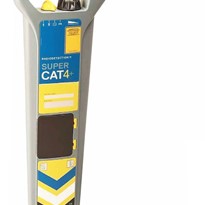
-205x205.jpg)
